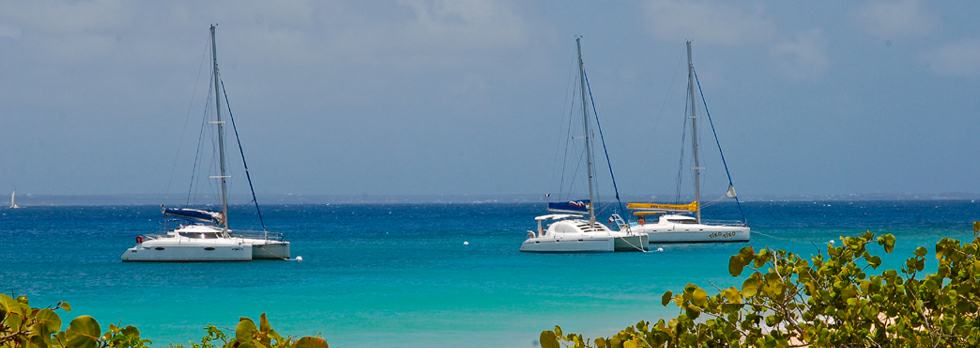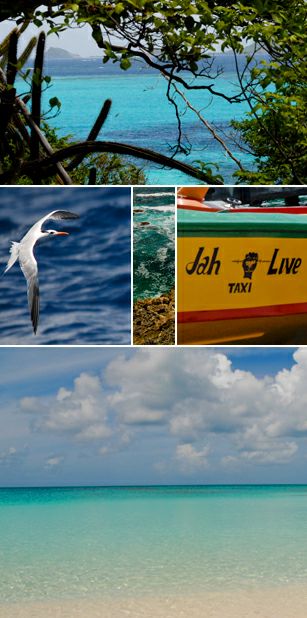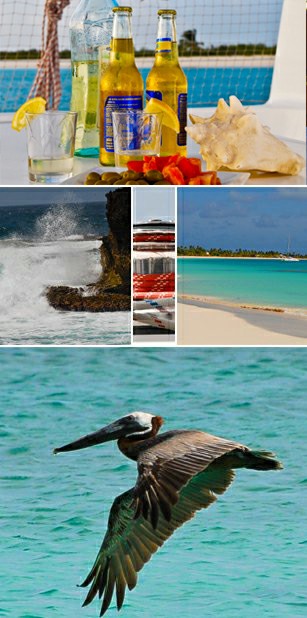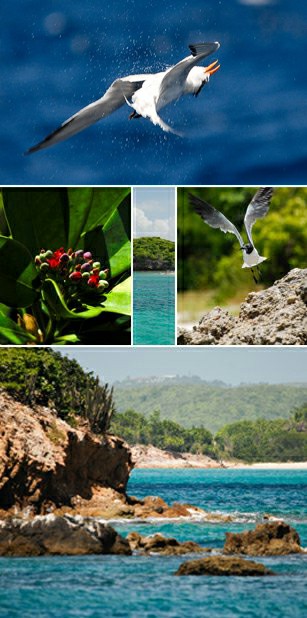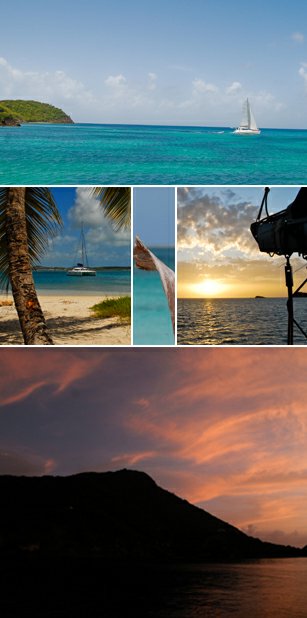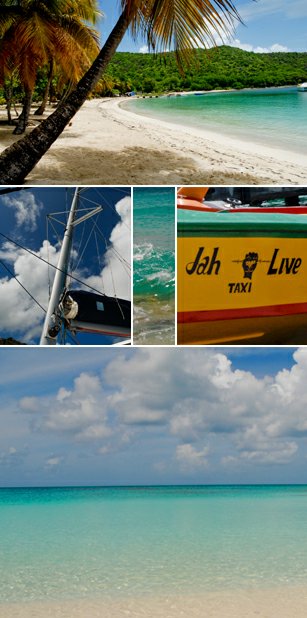The very small island with the shape of a conical log, is inhabited by very welcoming people, who practice fishing and build or repair boats, an art which is extremely diffused and with good results, frequently tested by who is fond of regattas. The local houses are located on the hill, while the simple shops and small restaurants welcome the rare tourists along the beaches.
Wide shallow inlet. Mooring is suggested only during the day. Excellent for snorkelling.
A large quiet bay, but in the central part, a wide coral head may constitute some problems for mooring. North of it, there is Carenage, protected by thick mangroves, where there is an oyster farm. It is one of the safest mooring spots for rented catamarans sailing in the Grenadines.
Tiny sand strip, as the name infers, in front of Lauriston Point. It is surrounded by wide coral reefs that unfortunately got damaged by the recent hurricanes. The entire area is protected.
The inlet takes the name after the main city, where each rented catamaran sailing in the Grenadines must stop to do customs; access depends on the weather conditions. The typical regattas that constitute one of the attractions of the island depart from here.
Colonized by the French in the 18th century, it was exploited thanks to the work of African slaves, for the cultivation of sugar cane and cotton. It extends for 30 kilometres and it is the biggest island of the Grenadines. The island is crossed longitudinally by hills. Its name in the Caribbean language means “land of the corals”, and it is not hard to see that, due to the extension of the reef along its entire perimeter.
It is a very small sand key North of Petit St.Vincent, characterised by a single hut at the centre. Here you can practice snorkelling in total seclusion, in the early morning hours.
It is the most Southern island of the Grenadines, a small sand strip of private property, where anyhow, you can stop briefly. The coral reef also extends around this island. There are two small hills at the interior. The only resort is extremely luxurious.
It is a small island in front of Clifton, completely surrounded by the coral reef. The white beach, the presence of iguanas and tropical birds give the sensation to the lucky visitor of the island, to be in a beautiful Eden.
There is a big resort, therefore you cannot penetrate in the interior, but only stop on the beach.
Here you can find the atelier of painter Patrick Chevallier, specialized in submarine landscapes painted with the oil technique.
A small village that houses a natural tourist resort of high profile, and therefore the place is now a destination of tourist groups or pleasure boaters on holiday on rented catamarans in the Grenadines and Antilles, where they can find here, the necessary assistance. The beach is inviting and offers a beautiful panorama. Fort Hill rises at the rear, a fort built by the French.
